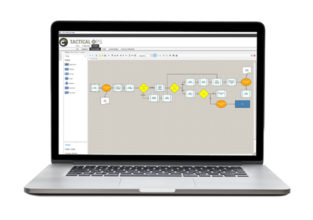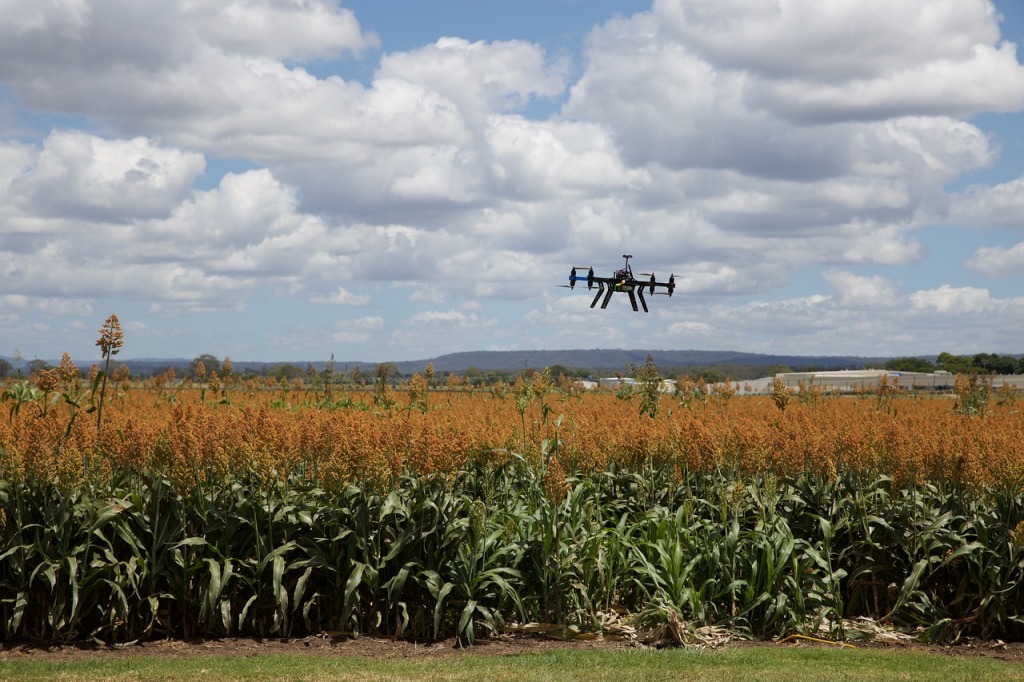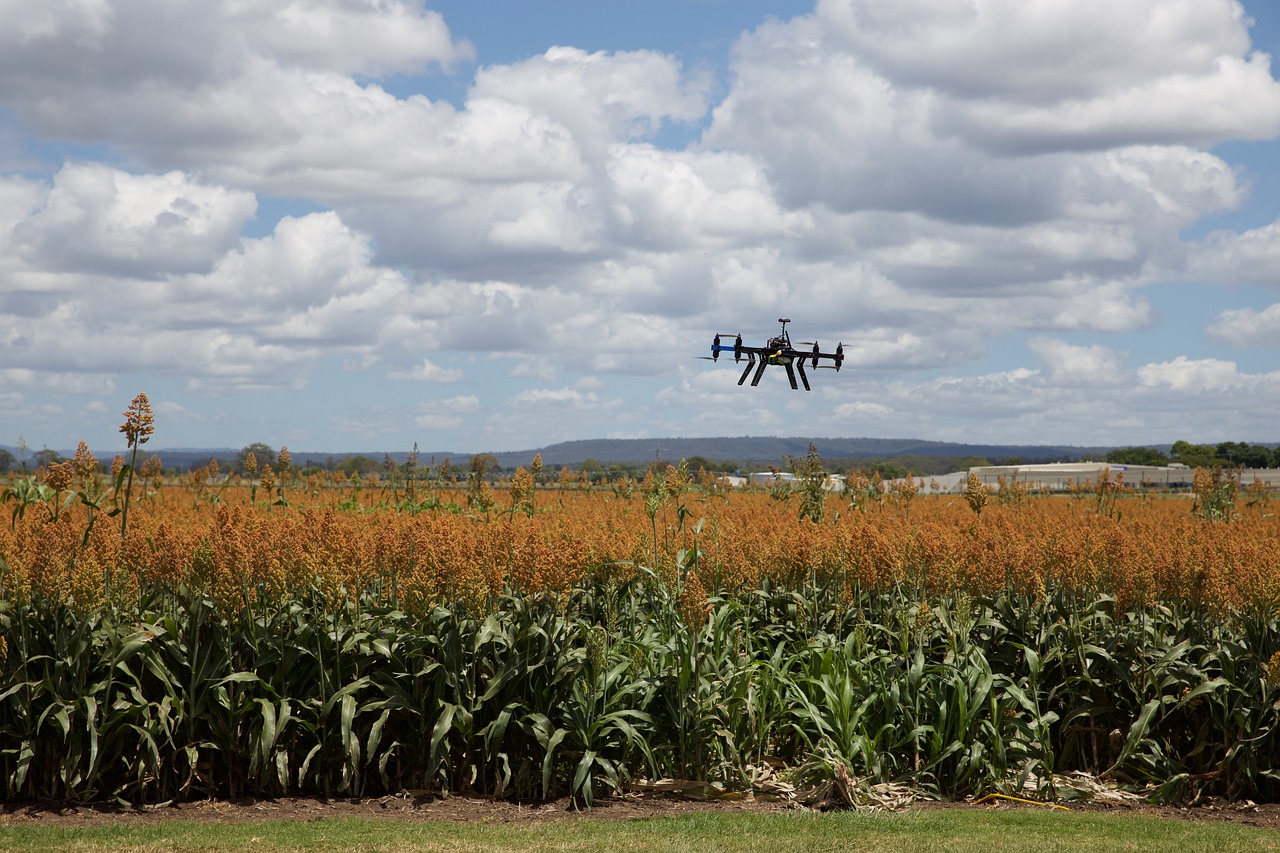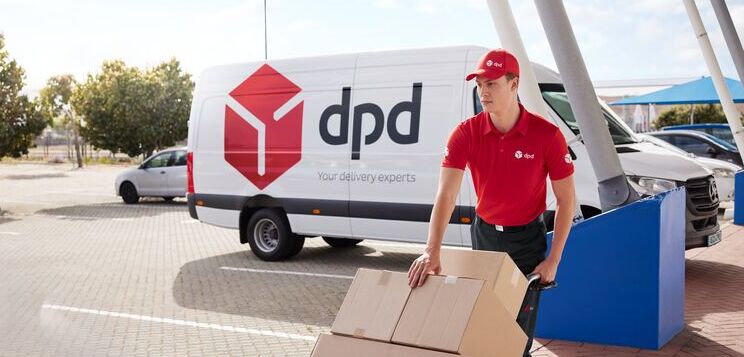Optimizing the Food Supply Chain – A conversation with UniSoma’s Luis Pinto
The food supply chain is complex and challenging. Changing consumer preferences, rising competition and new technologies are compelling food companies to rethink their approach to supply chain management. AIMMS formed a partnership with CAT Squared and UniSoma to help companies in the food industry tackle these challenges. The first product of this partnership is TacticalOps, a Planning & Optimization solution for Food Manufacturers. I spoke with Luis Pinto, Partner at UniSoma, to understand the need for new planning and optimization solutions in the global food supply chain.
 Luis, UniSoma has provided advanced planning solutions to several leading food manufacturers, including BRFoods, Nestlé, Marfrig, JBS, Astral foods, and many others. What are the typical supply chain challenges these companies face?
Luis, UniSoma has provided advanced planning solutions to several leading food manufacturers, including BRFoods, Nestlé, Marfrig, JBS, Astral foods, and many others. What are the typical supply chain challenges these companies face?
Besides planning challenges inherent in complex supply chains like those in the food industry, a lot of companies have problems with a lack of centralized planning. They typically have a planning manager and a supply chain manager, and sometimes these people don’t really connect. You also see a lot of internal competition. For example, a large beef producer we visited did not centralize production planning, but let its different plants plan on their own. This would result in the plants competing for the best contracts. Inevitably, sometimes contracts were lost due to a lack of integration. They didn’t look at planning from a corporate point of view. After centralizing planning and implementing a new S&OP solution, they now have over 40 plants collaborating on a plan. This increased their contribution margin by 25%.
Another pressing challenge we see is competition. It depends where you look, but for instance, in smaller markets like South Africa, food companies are hard-pressed to compete in the globalized market. Competing with companies from Brazil, which benefit from better soil conditions as well as a larger market, is very difficult. Feed costs are much cheaper in Brazil than in South Africa. This is just an example of the challenges presented by the globalized market. A lot of companies are being put out of business. Staying ahead of everyone else in terms of the technology applied and the know-how is essential.
How are they faring when it comes to analytics adoption?
Companies are receptive to analytics, but the food business is very traditional. It’s taking longer for companies in this sector to adopt analytics. Sometimes you have to compete with CAPEX as an analytics provider. For example, we visited a sugar cane company and they had trouble justifying an investment in analytics because they compared it to buying new tractors – these are not the same thing.
At the same time, you have all these terms – machine learning, artificial intelligence, and big data. It’s hard for them to see beyond the hype and truly understand what analytics technology can offer.
Like all technology, analytics adoption goes in waves. One of the first waves of technology adoption we saw in the industry was the adoption of ERP systems in the 90s. Companies understood then that it was crucial for them to get their finances in order. Then you had shop floor systems, which enabled them to capture and monitor what was happening in their plants. Right now, we’re entering the way of analytics adoption. Companies are eager to find out how analytics can help them, and some are open to experimenting.
You’ve been active in the optimization space for 10 years, have you seen a shift in the way food companies perceive optimization/prescriptive analytics in recent years?
I’ve seen the attitude towards optimization evolving yes. Ten years ago, optimization was still difficult for people to understand. With growing awareness, the industry has been able to grasp this concept in a better way. But as I mentioned, there is a general cycle in terms of what companies invest in. The animal production business, for instance, has been very focused on improving genetics and machinery. They’ve been more focused on the process instead of management. What I see now is that companies have come to a point where they realize there’s a lot more they can do to make better decisions. This has turned their attention to improving from a management point of view.
And this is what optimization is all about, connecting supply chain concepts to day-to-day operations and having a better decision chain for the company as a whole.
How can TacticalOps help?
TacticalOps can help because it has powerful visual modeling capabilities and you can get it up and running very quickly. It takes 2 weeks to get the first result, an actual plan for the next week or month.
The model behind Tactical Ops is similar to models we’ve implemented at large food companies like Sadia and JBS. We’ve built on this model and improved it using our 30 years of experience in the market. It’s a tool that is easy to understand. It makes it really simple for companies to apply optimization to their planning problems. Users can configure it as they wish. The whole setup of having a diagram of a plant and visually optimizing the flow is great.
It also builds on the combined experience of our three companies (UniSoma, CAT Squared, and AIMMS). UniSoma brings modeling expertise. CAT Squared contributes with their knowledge of integration and their expertise in capturing data and creating great interfaces. AIMMS offers an agile platform to model and capture value fast.

You recently launched TacticalOps at IPPE in Atlanta, how was it received?
IPPE is the largest poultry event in the world. It was very exciting to be able to launch the solution there. A lot of different companies came to us for a demo. This was our Alpha launch. I really wanted to see how companies reacted to seeing the tool and I’m happy to say I was overwhelmed by the positive reactions. We’re answering the right questions and hitting the right spot. As a result, we now have 3-5 large food companies interested in a pilot.
Connect with Luis on LinkedIn or contact him for more information about TacticalOps and his take on optimizing the food supply chain.






